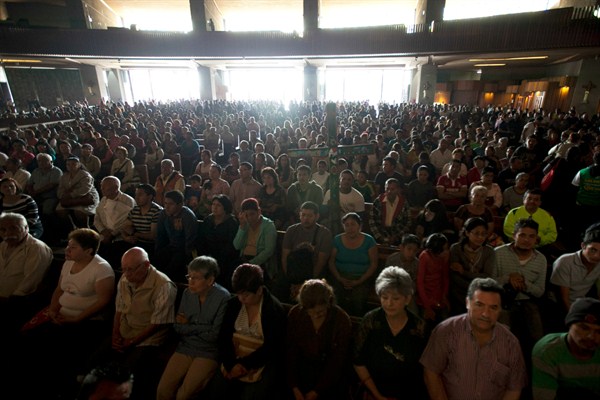TAPACHULA, Mexico—David Gramajo was working as a bricklayer in Atlanta in 2012 when he was stopped by police for driving without a license, turned over to immigration authorities, and deported to his native Guatemala. But once he returned to Guatemala City, he and his wife Alejandra struggled to maintain their business and protect their three children. They received constant threats from gang members who extorted and threatened their family for the little money they had. Eventually, they were forced to leave behind their business and again head north, but this time with a different aim: Mexico.
I met David and his family in early 2017, as they finished lunch at Albergue Belen, a migrant and refugee shelter in Tapachula, Chiapas, where he and his family awaited the results of their asylum application with the Mexican Commission for Refugee Assistance, known by its Spanish acronym, COMAR.
Tapachula is located half an hour from the Mexico-Guatemala border, through which some 400,000 migrants have crossed in the past year. David and his family are among a growing number fleeing violence in the Northern Triangle countries of Central America—El Salvador, Honduras and Guatemala—who have opted to apply for asylum in Mexico rather than continue their journeys to the United States. Their circumstances make them eligible for refugee protection under international law. Between 2015 and 2016, the number of refugee applicants in Mexico rose 150 percent, from just over 3,500 to 8,781 at the end of 2016, according to the United Nations’ refugee agency, the U.N. High Commissioner for refugees (UNHCR).

